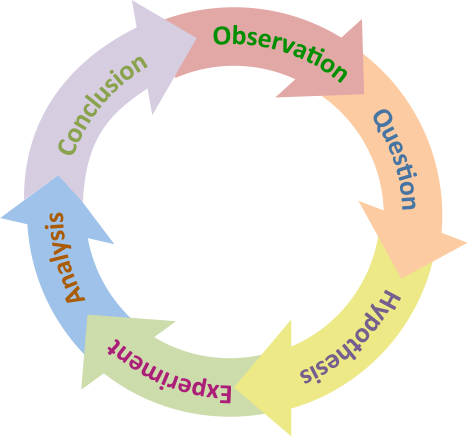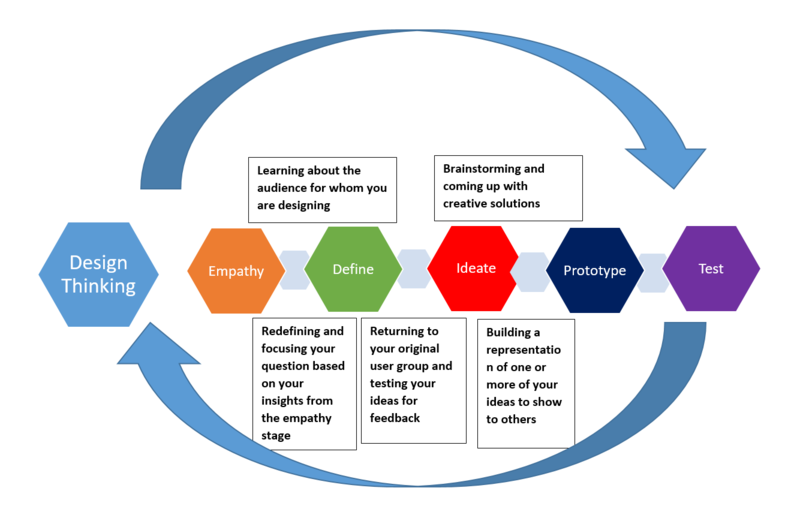When you look at human history, there are two major drivers that shaped the world we live in today: warfare and innovation.
You can look at history through a variety of lenses: the struggle to survive, the biological imperative or the journey to seek greater meaning through spirituality. But ultimately, the major events throughout history are always defined through either warfare or technological progress.
Be that the spread of religion through conquest, or the discovery of fire so that we can cook and absorb nutrients more effectively.
Although there are business parallels with warfare such as leadership and competition for resources, the act of innovation is the most relevant. If you are a business leader or entrepreneur reading this, you have likely already wrestled with this concept.
You have likely formulated innovative ideas and solutions yourself, when launching your own venture or going after new product segments.

And if you’re in a business that has been slow to adopt digital transformation, understanding innovation and how scientific thinking can help is especially important. Product life cycles are becoming shorter, so finding a reliable way that will allow you to consistently innovate is the difference between you being a 5 year or 50 year business.
The consequence is this: if you’re lagging in regards to digitization, younger and more nimble companies will quickly blindside you and steal market share.
No company on earth is exempt from this fact.
If you fit the profile, ensure you read about how we are helping other companies with digital transformation here.
Discovering knowledge and solving problems

A scientist is a person who is engaged in systematic work to understand the natural world.
Although innovation can be described as the act of bringing a new idea into the world – it’s the knowledge that scientists produce that drives innovation. And it’s this knowledge about business, the markets and your customers that will allow you to innovate.
By extension, the discovery of secrets in nature lead to the ability to more effectively solve our problems – commonly through the means of entrepreneurship and engineering. One of the finest examples of this is the understanding of physics that allows us to use large chunks of metal as transport in the form of aviation.
Engineering solutions to known problems represents innovation in the real world, but in business it’s not always the case that a complete picture of the knowledge is known. Although the process of engineering a solution is different from the process of scientific discovery, understanding the way scientists think about knowledge is important to know which problems should be solved in the first place.
The same way that scientists set out to discover new knowledge and understand the world is the same way that entrepreneurs should think about their markets, customers and technology.
Hence, you should think about business as a type of economic science.
How do scientists think and work?
To understand the parallels between science and business, you need to get to grips with the scientific method which represents the core way of thinking in the field.

A basic outline of the method can be described as follows:
-
Pose a question
-
Hypothesize about an outcome
-
Experiment to test your hypothesis
-
Observe and record
-
Analyze results
-
Draw a conclusion
Reading this list, you likely have thought about occasions when you’ve used this method without even knowing it. It’s the most logical way to approach a situation when you want to find the best answer.
It represents logic in its purest form, and its application has even been observed with children.
Let’s take a look at a practical application of this method with business in mind.
1. Pose a question
In this case, you’re the founder or CEO of a small or medium sized business whose growth has stalled over the past quarters. Recognising that you need a wider product offering to increase growth, you set out to discover the best course of action. Through your previous knowledge, you pose the question: ‘would this new product solve an important pain point among our existing customers?’.
2. Hypothesize about an outcome
As you likely have a deep understanding of your customer, you are able to use logic to come up with a judgement about a potential outcome. The knowledge you already have is giving you clues as to what could potentially work, but you are not completely sure yet. In this stage, you are contesting with intellectual guesswork and the best course of action isn’t to spend millions on building out a new team to launch the product.
3. Experiment to test your hypothesis
You have a good inclination that the new product can solve a customer pain point. But at this time, you have no data, either quantitative or qualitative to back up your assumptions. In order to validate your hypothesis, you build out a small prototype and release it to a segment of your customers to test their reaction.
4. Observe and record
After releasing the product, you realise that customers aren’t showing any engagement with the new product. Customers are logging on to the application, but aren’t staying for long. They are using certain features of the product, but not exactly for the solution that you initially had in mind. Overall, the usage is low and the product lacks impact.
5. Analyze results
You pull together all the numbers and look at the bottom line. How much time did the customers spend using the product? Did they purchase the product after the trial? Did they use the core features that were built to solve specific problems?
6. Draw a conclusion
Looking at the data, you may come to the conclusion that the product isn’t what your customers want, which would nullify your hypothesis. However, as there are many variables that you didn’t account for, it’s hard to say for sure that this is the right conclusion. For instance, perhaps there may be technical problems or the interface isn’t easy for users to navigate which lowers engagement.
Design Thinking

A similar way the scientific method can be seen in business is through design thinking which looks as follows:
-
Define the problem
-
Research
-
Form ideas
-
Prototype and test
This is essentially the scientific method tailored to businesses, which reflects the example outlined above. At both of these methods core lies the principles of using logic to either discover new knowledge or solve problems. The methods enable you to maximise efficiency in doing so, getting you to the right answers faster so that you cut costs and increase growth.
If you aren’t sure how to execute either of these methods, Argopreneurs may be able to help you. By sitting down with you and looking at your unique business challenges and market, we can help you use these methods to innovate new product segments – through solving existing problems and discovering new knowledge about your business.
